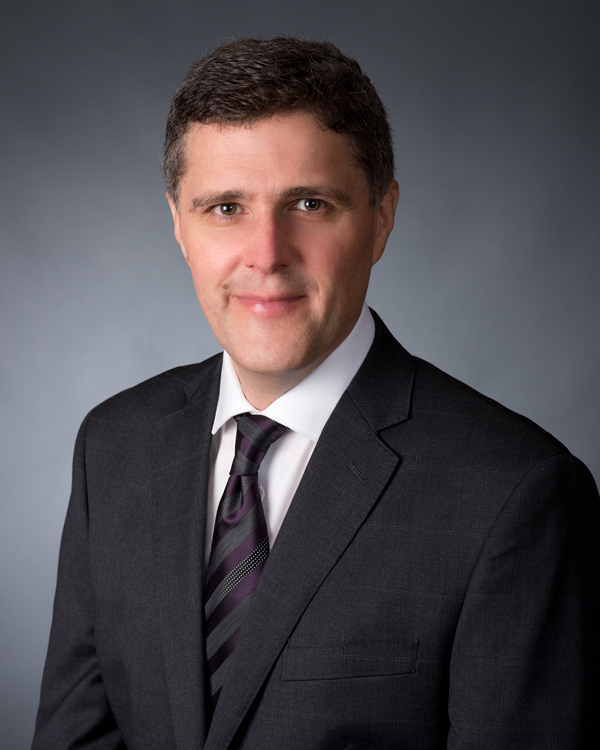DATA SCIENCE
Full-stakeholder Pandemic Response Simulation: Analytics and Human Behaviour
There are three key players whose roles should not be left under-represented in a pandemic exercise. Among them, political leadership seems to be the most important in health crisis simulations.
By Kevin Kells, Ph.D.

Table-top exercises, simulations, wargames, these are all names for realistic practice sessions carried out in the professional realm to find and correct weaknesses in complex human systems, to identify gaps, improve communication, and to learn new and better ways to execute emergency response plans. For analytics, these exercises represent an opportunity to generate observations and data which may be infrequent in real life.
In natural disaster response, these are called tabletop exercises (TTX). In the military, they are called wargames. Key players and the actual decision-makers are brought in for an afternoon or a weekend, and a facilitated scenario is presented to them, to which they need to react. The decision-makers at the simulation exercise are the actual decision-makers who will be in the field or in the command center or at the hospital at the time of a real emergency. One of the main benefits of such exercises is that the decision-makers from different units and different departments get to know each other better and get to learn how they operate with each other. Moreover, they can build up a relationship of trust that will improve the response of the system in the event of an actual emergency.
Public Health systems also perform simulations, and these are highly effective. Hospitals are even mandated to perform periodic exercises to prepare for emergencies precisely so that the key players making decisions have the opportunity to meet and work with each other under the simulated circumstances of an emergency.
Before the pandemic, a full-scale exercise of Canada’s pandemic preparedness plan was in the works to test the capacity of health systems across Canada. It was scheduled for 2020, but cancelled because of the pandemic. We did not have a chance to benefit from the scheduled full-scale exercise, but there are some learnings we can take away from the pandemic to help design the next full-scale exercise. I suggest there are three key players whose roles should not be left under-represented in a pandemic exercise. These three roles are 1) the inexpert citizen, 2) the economic citizen, and 3) the political leader.
The assumption made about a rational citizen is that they will mostly obey orders from authority and mostly follow medical guidance from Public Health officials. With representation of what I call the inexpert citizen at the pandemic simulation table, we will be able to simulate the role of the non-rational aspect of human behaviour. This includes the role of incorrect medical information communicated through social media and through word-of-mouth—unintentionally as misinformation, or intentionally as disinformation. We will also be able to factor in other human reactions and behaviours — perhaps non-rational but very real — such as vaccine hesitancy, belief in unproven medicines or practices, unproven fears and rumors, and defiance of public health directives in the name of perceived individual freedom or any given political ideology. It also includes the recognition that we as human beings do not easily comprehend the exponential nature of contagion and pandemics.
The economic citizen is a different simulation participant whose role is to represent the behaviours of citizens who face dire economic circumstances and must choose between the risk of contagion and the risk of losing their livelihood, their businesses or jobs, their homes, and even their families due to financial disruption, mental health crises, or domestic disharmony brought on by public health directives to shelter in place for extended periods. Herein is also represented pandemic fatigue.
Finally, our political leaders at the national and provincial levels should also not be under-represented in the next pandemic exercise. These are actual elected officials – not stand-ins or representatives – who participate with their real Public Health counterparts in dealing with a simulated outbreak, the spread of disease, the non-pharmaceutical interventions recommended by the medical experts and disliked by the citizenry, the imperfect implementation by the inexpert citizen, the rebellion and simple inability to conform by the economic citizen, pandemic fatigue, and the political pressure from calls to oust the political leaders from their posts in the next elections by the very citizens whom they are trying their best to serve.
Exercises generate simulated data that can be analyzed and fed back to the participants in real time and in a post-simulation evaluation phase to see how well their decisions resulted in positive outcomes, which gaps and weaknesses in communication, information flow, preparedness, and procedures reduced the effectiveness of even the best decisions. These are the gaps and weaknesses an exercise helps us identify and correct before the next pandemic. Simply getting the political leaders in the same room with the scientists and medical professionals with whom they would later be working during a pandemic will build up rapport and trust that makes organizational work more successful during the stressful times of a crisis. It may also help scientists and experts get important points across in a more impactful and visceral way than even analytics reports or data visualizations would be able to convey.
Of the three stakeholders, the political leadership seems to be the most important not to neglect in health crisis simulations. Despite lacking Public Health training, politicians in a pandemic need to act on guidance they will not fully comprehend from Public Health officials, weighing it against social, economic, and—for them—political consequences. Whereas during a natural disaster or outbreak of war, the experts are in control and make the important decisions in the arena of their expertise, during a pandemic, the arena is the whole country, and the decision-makers are the political leaders. Thus, they should be part of the simulation exercises.
At the beginning of the pandemic, Dennis Carroll, Director of the Emerging Threats Unit at the U.S. Agency for International Development, commented during an interview on February 28, 2020 on the PBS Newshour, “A month ago, the WHO signaled that this was a public health event of international concern, which should have initiated political leadership to step forward and begin authorizing the use of these plans. And what we have not seen is the execution or the leadership from the political communities.”
In the latter part of the pandemic, in a New York Times documentary film from October 28, 2020, Carroll commented on pandemic simulations and the role of political leadership, “In the years that we ran simulations, we imagined every possible scenario of what type of virus, where it might emerge, how it might be transmitted, what would make it challenging to control: civil war, civil disruption… The one factor we never entered into those simulations as a variable was leadership. And it never occurred to any of us that our political leadership would fail us so miserably.”
Through the role of the inexpert citizen and the economic citizen, let us find a way to include realistic behaviour of the citizenry in pandemic simulations. And most importantly, let us expect the physical presence of the actual members of political leadership at these exercises, along with the actual Public Health officials they would work with during a pandemic, so that they can experience the unintuitive, exponential behaviour of pandemic dynamics and be ready to recognize and act quickly when confronted with the spectre of the next pandemic outbreak.
- Grant Robertson, February 3, 2021, ‘We are not prepared’: The flaws inside Public Health that hurt Canada’s readiness for COVID-19, The Globe and Mail
- Victoria Gibson. April 9, 2020, How Ontario planned for a crisis before COVID-19 hit, iPolitics
About The Author

Kevin Kells. Ph.D.
Kevin has worked as an R&D Engineer in software systems in the Financial and Semiconductor industries in Switzerland, Silicon Valley, and Ottawa, and currently works with real-time data and news feed systems at a major market news and data company in New York City. He also has extensive experience in non-profit management, both in the area of human systems and IT systems. He received his PhD from the Swiss Federal Institute of Technology (ETH), Zurich in computer simulation of semiconductor devices and holds an MBA with areas of focus in entrepreneurship and business analytics from the University of Ottawa, Telfer School of Management.

